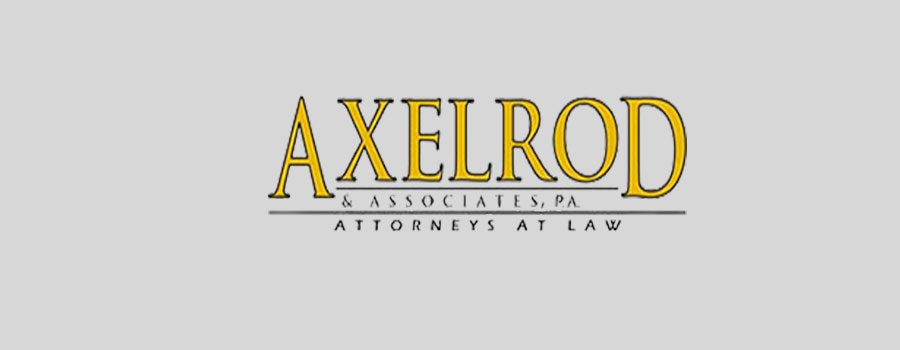4701 Oleander Drive, Suite A
Myrtle Beach, SC 29577
4701 Oleander Drive, Suite A
Myrtle Beach, SC 29577
What are pain and suffering damages in sc?
Pain and suffering are an important part of your damages award in a personal injury case – something that the insurance company is not likely to tell you before your attorney gets involved in your case.
The at-fault party must compensate you for the financial losses you have suffered – your medical bills, the damage to your vehicle, and your lost wages as you recovered from your injuries. None of this accounts for the suffering you endured, however, in the traumatic moment of a car crash or the weeks or months you spent dealing with the pain of your injuries.
In this article, we will review the basics of pain and suffering damages in SC personal injury cases, including:
- The definition of pain and suffering in SC cases,
- How to prove pain and suffering damages in your case, and
- How pain and suffering are calculated in SC courts.
WHAT IS PAIN AND SUFFERING IN A PERSONAL INJURY CASE?
“Pain and suffering” is a non-economic form of damages (it isn’t easily documented with a bill, invoice, or receipt) that, literally, compensates you for the pain and the suffering that you experience both during the accident and as a result of your injuries caused by the accident.
The SC Supreme Court has defined pain and suffering as: “an award for pain and suffering compensates the injured person for the physical discomfort and the emotional response to the sensation of pain caused by the injury itself.”
Depending on the nature of the accident and the injuries that you suffered, pain and suffering may provide compensation for:
- The trauma and pain that is suffered in the accident,
- Painful treatments or surgeries that are necessary because of the accident,
- The ongoing pain that is suffered as your injuries heal, and
- Future pain and suffering for injuries that are permanent and will cause continuing pain throughout your life.
How do You Prove Pain and Suffering?
No invoice, receipt, or bill quantifies your loss when it comes to pain and suffering, but you must still prove this element of damages to get compensation from the insurance company or a jury.
How?
Your attorney will gather documentation and witness testimony to prove your pain and suffering damages, which may include:
- Your testimony about the accident, your injuries, and how your injuries have affected you,
- Testimony from family, friends, or coworkers who have witnessed the effects of your injuries,
- Testimony from your doctor or other medical experts,
- Prescription medications that were provided to you for pain relief, and
- Testimony from mental health experts about the traumatic impact of the accident and your injuries if you suffer from mental or emotional injuries like post-traumatic stress disorder (PTSD).
HOW ARE PAIN AND SUFFERING CALCULATED IN SC?
How do you calculate the amount of damages you are owed for your pain and suffering?
I’ve heard people say, “you double the amount of compensatory damages,” or “triple the amount of compensatory damages.” This is wrong because there is no hard-and-fast rule on what the multiplier should be.
Although the amount of your compensatory damages – medical bills, property damage, and other financial losses – can be an indicator of your pain and suffering award, the amount of damages you are owed for pain and suffering depends on how much pain you experienced and how much you suffered as a result of the accident.
For example, if you suffered extensive nerve damage as a result of the accident, and it will cause you pain for the rest of your life, your pain and suffering award will be significantly higher than it would if you suffered a broken arm that healed normally.
Pain and Suffering Multiplier Method
Insurance companies or your attorney may use the “multiplier method” to arrive at a number for your pain and suffering damages.
This method involves taking your total medical bills and multiplying them by a number between one and a half to five, with the multiplier increasing based on factors like:
- The severity of the injuries,
- The need for surgery or painful treatments for your injuries,
- The impact of the injuries on your everyday life,
- Whether there is a diagnosable mental health injury like PTSD accompanying the physical injuries,
- Whether your injuries will continue to cause pain or require additional treatments or surgeries in the future, and
- Whether liability is clear or contested.
The Per Diem Method
Another less commonly used method is to calculate the value of your pain and suffering damages on a “per day” basis.
What is the full and fair value of compensation for each day that you must suffer with the pain of your injuries? Relentless pain from nerve damage? PTSD and sleepless nights? A leg that was shattered in 20 places?
Other Non-Economic Damages in SC
Pain and suffering is not the only type of non-economic damages that you may be entitled to. Other types of damages that cannot be quantified with documents like invoices or bills may include:
- Emotional distress,
- Compensation for diagnosable mental or emotional injuries like PTSD, anxiety, and depression,
- Loss of enjoyment of life,
- Loss of consortium or loss of companionship for a spouse, and
- Scarring and disfigurement.
GOT AXELROD?
If you or someone you know has been injured in an auto accident, make sure you know the types of damages that you are entitled to receive, and schedule a free consultation with a Myrtle Beach personal injury lawyer on the Axelrod team. Call us at 843-916-9300 or fill out our contact form today.
Need help? Contact Axelrod & Associates, P.A.

Request your
Consultation
The fields marked with * are mandatory.



